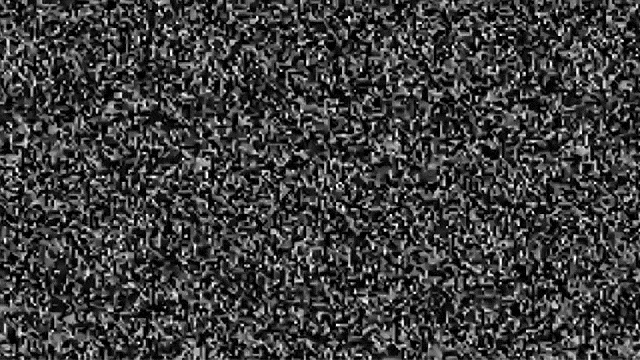Sebastian Tomczak is a music technologist and professor who likes to upload random experiments to YouTube. One of his clips is just 10-hours of white noise that he generated with open source software. Five copyright complaints later, and some vultures are now making money off of his work.
GIF Source: Patrick Cheng
On Thursday, Tomczak tweeted a screenshot of the complaints that have been lodged against his video, “10 Hours of Low Level White Noise.” The clip is exactly what its title advertises and the absurdity of someone claiming ownership of a bunch of frequencies with equal intensity playing simultaneously — that’s all white noise is — clearly illustrates just how beyond broken YouTube’s automated copyright system really is.
TorrenFreak tracked Tomczak down to get more details on exactly what happened. He said that he has a Ph.D. in chiptune and blogs about technology, sound design, music, and other related interests.
His YouTube channel features videos of him tinkering with gear and various pieces of video game music slowed down by 804 per cent. The white noise video was uploaded back in July of 2015. On Thursday, he received a notice that his work had been claimed by a copyright holder. When he checked on what was up, he found that four copyright holders had actually claimed the piece, one of which submitted two notices, claiming two different sections of the 10-hours of static.
My ten hour white noise video now has five copyright claims! 🙂 pic.twitter.com/dX9PCM1qGx
— Sebastian Tomczak (@littlescale) January 4, 2018
What’s most egregious about the situation is that the claimant’s aren’t just disputing Tomczak’s right to upload the video — they have elected to monetise it and leave it up. Tomczak isn’t missing out on any big profits (the video only has 1,485 views), but running around YouTube monetising white noise has plenty of opportunities to be a moneymaker.
A simple search pulls up millions of white noise videos and many of them have millions of views. A lot of the offerings are relaxing sounds like rain or a fan, but there’s plenty of good, old-fashioned TV static that’s quite popular.
Tomczak says he’s disputing the claims. Indeed, this episode may not even be the dumbest example of copyright disputes that he’s faced with YouTube. He tells TorrentFreak:
“I was asked to participate in a video for my workplace and the production team asked if they could use my music and I said ‘no problem’. A month later, the video was uploaded to one of our work channels, and then YouTube generated a copyright claim against me for my own music from the work channel.”
YouTube’s automated copyright system is an imperfect solution to an impossible problem. The method gives YouTube a legal way to show that it’s trying to prevent infringement, and we all get away with uploading a lot of stuff we shouldn’t.
The 2017 Music Consumer Insight Report found that YouTube is the number one destination for on-demand music streaming. Sure, there are legitimate accounts on YouTube that are streaming music with all the proper royalties, but copyright infringement is a huge business for the video service.
The fact that an industry can function as a sort of parasite swimming alongside YouTube, monetizing other people’s work is just an additional, hilarious, feature of the site.
We’ve reached out to YouTube for comment on Tomczak’s challenge of the complaints, and we’ll update this post when we hear back.
[Twitter via TorrentFreak]
